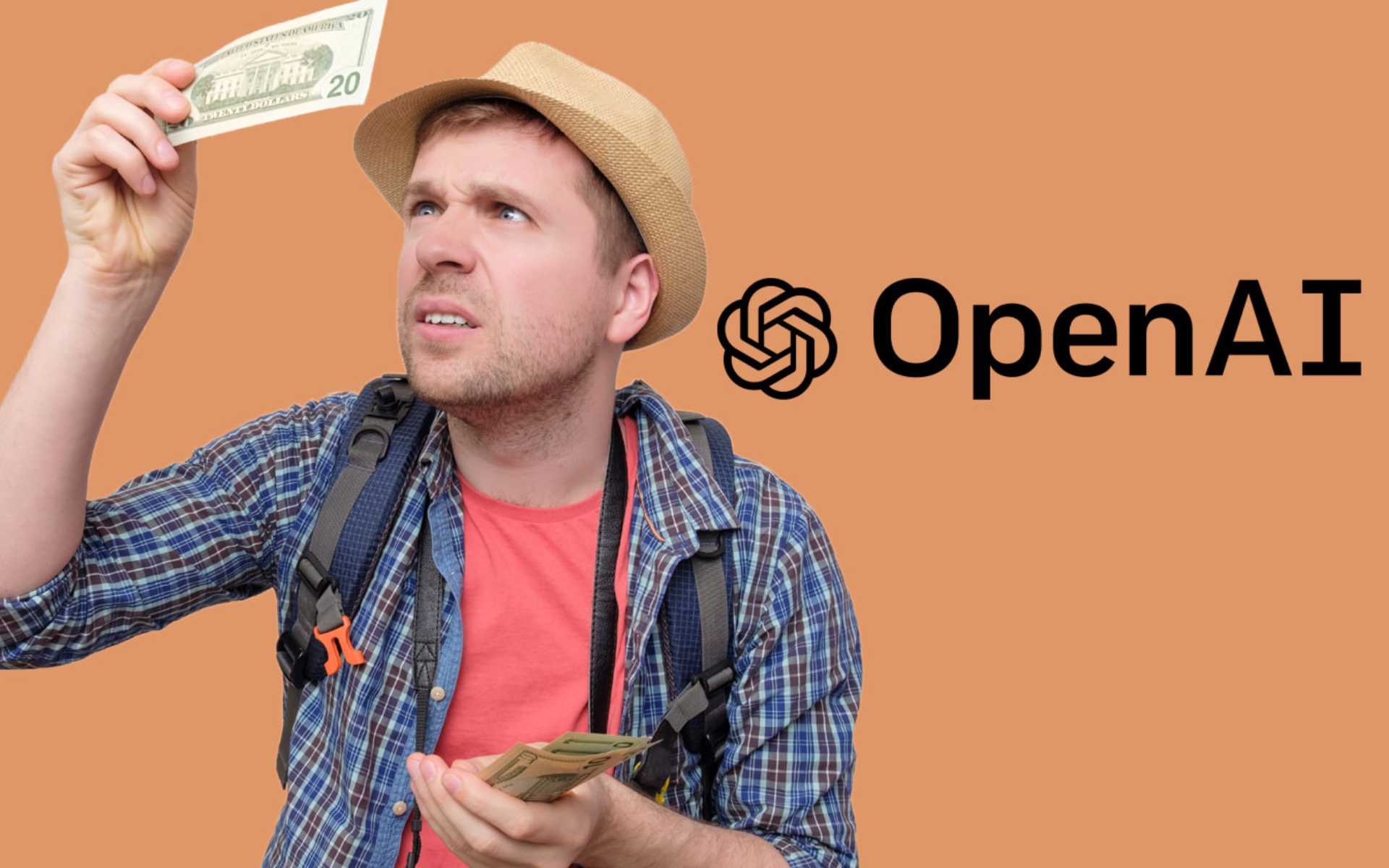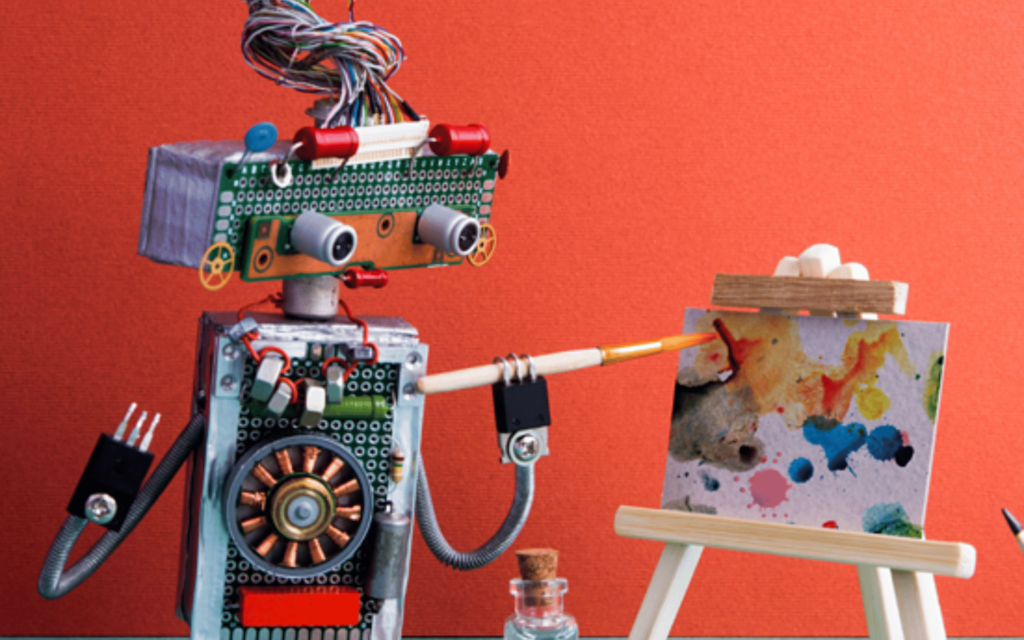“GPT is a string that contains tokens. These tokens can be words or punctuation marks. There are approximately 100,000 tokens.
GPT generates a probability distribution for the next token it generates, conditional upon the string of permits that have been developed before.
The neural net will generate the distribution. The OpenAI server will then sample a token based on that distribution.
However, if the temperature remains nonzero, there will be some randomness in choosing the next token. You could run the prompt repeatedly, getting a different completion (i.e., a string of output tokens each time).
Instead of watermarking the next token randomly, we will select it pseudorandomly using pseudorandom cryptographic functions, whose key is only known to OpenAI.”
Because the watermark mimics the randomness of the words, it looks natural to the person reading the text.
However, this randomness is subject to a bias that cannot be detected unless someone has the key.



